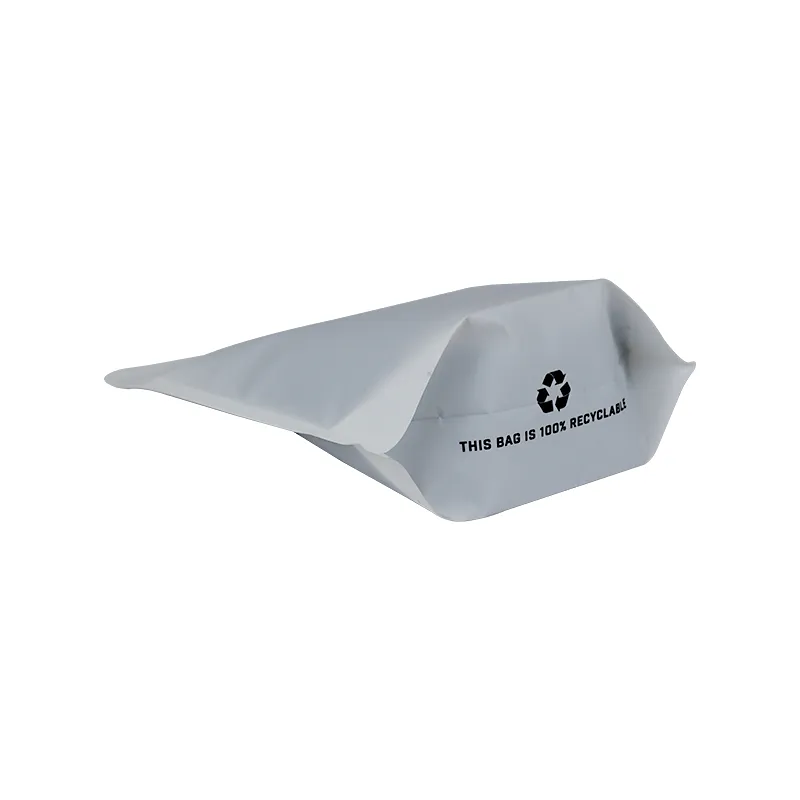Understanding Mylar and Its Applications in Various Industries
Understanding Mylar Definition, Properties, and Applications
Mylar, a brand name for a type of polyester film, is a versatile material known for its unique properties and wide range of applications. Developed by DuPont in the 1950s, Mylar has become a staple in various industries due to its high tensile strength, chemical resistance, and excellent insulating properties. In this article, we will explore the definition of Mylar, its characteristics, how it is manufactured, and its numerous uses.
At its core, Mylar is a biaxially oriented polyethylene terephthalate (BoPET) film. The term biaxially oriented refers to the way the film is stretched in both the machine direction and the transverse direction during production. This process enhances the film's strength and stability, making it suitable for various applications. Mylar can be produced in various thicknesses and finishes, including glossy, matte, or clear finishes, allowing for customization based on specific needs.
Understanding Mylar Definition, Properties, and Applications
Mylar's ability to reflect light is another significant property. The film can be manufactured with a reflective coating, allowing it to be used in applications requiring light management, such as in solar energy systems, where it helps to concentrate sunlight. This reflective quality also makes Mylar useful in the production of reflective insulation materials, used in buildings to enhance energy efficiency.
mylar definition

The manufacturing process of Mylar involves the extrusion of polyethylene terephthalate (PET) pellets, which are heated and then stretched in both directions. This stretching process aligns the molecular structure of the polymers, providing the film with its strength and durability. After the film has been formed, it can be coated or treated to enhance specific properties, such as improved printability or increased adhesion for lamination.
The versatility of Mylar is evident in its wide array of applications. In the packaging industry, it is commonly used for food packaging, pharmaceutical products, and consumer goods. Its moisture and gas barrier properties play a crucial role in preserving the freshness and quality of products. In the electronics sector, Mylar is used for capacitors, insulation, and flexible printed circuits. Its tough and durable nature allows it to withstand harsh environments, making it an ideal choice for electronic devices.
In addition to industrial applications, Mylar has also found its way into the creative arts. Artists and crafters often use Mylar sheets for a variety of projects, including stencils, overlays, and protective covers. Its transparency and ease of use make it a popular choice for creating intricate designs and for use in scrapbooking.
Moreover, Mylar is widely known in the world of balloons. Mylar balloons, often made of a thicker version of this polyester film, are popular for celebrations due to their vibrant colors and ability to retain helium for extended periods. These balloons can be shaped into various designs and are often printed with characters or messages for special occasions.
In conclusion, Mylar is a multifaceted material that has established itself as a fundamental component across numerous industries. From its definition as a type of polyester film to its robust properties that enhance its usability, Mylar continues to be a critical material in packaging, electronics, arts, and beyond. Its combination of durability, versatility, and resistance to various environmental factors has secured its place as a go-to solution for many manufacturing and creative needs, proving its significance in modern applications. Whether in everyday products or specialized industrial uses, Mylar remains an indispensable material that showcases the innovations within the realm of polymer technology.













